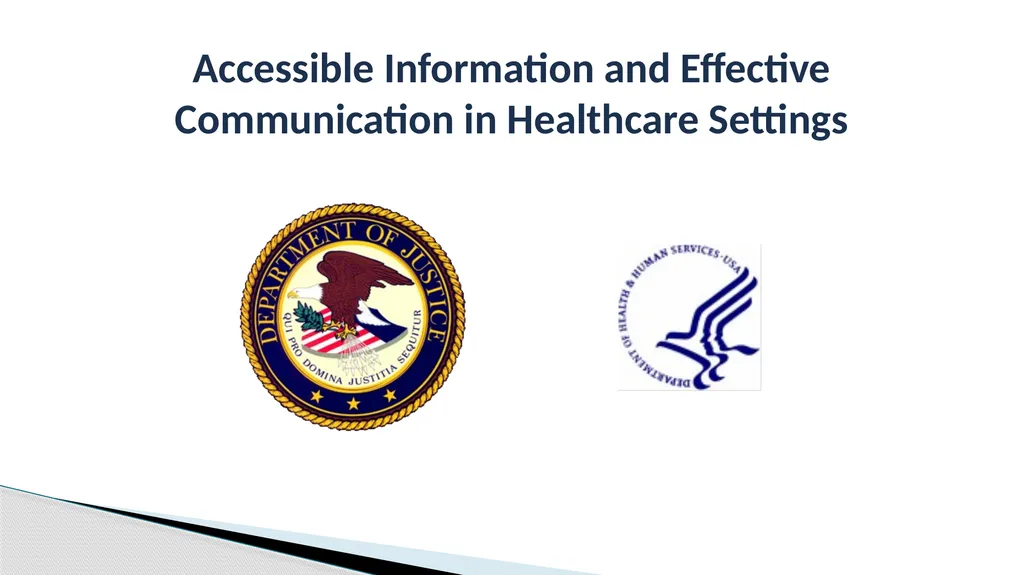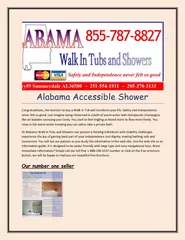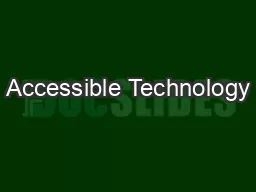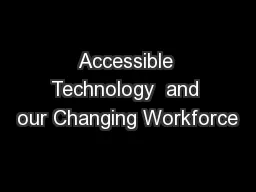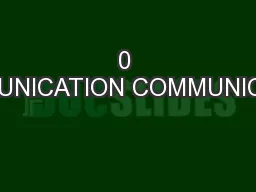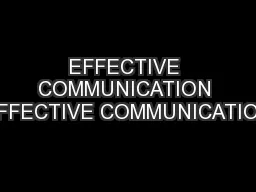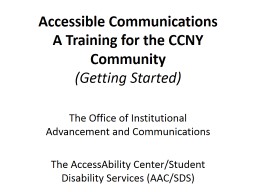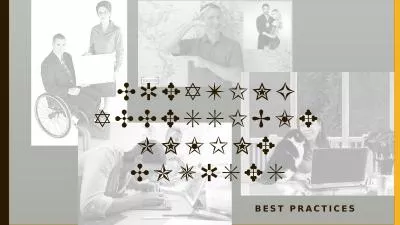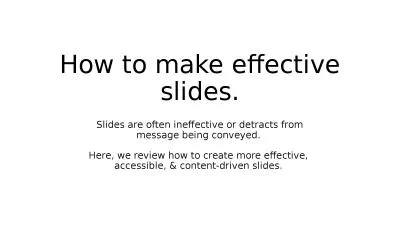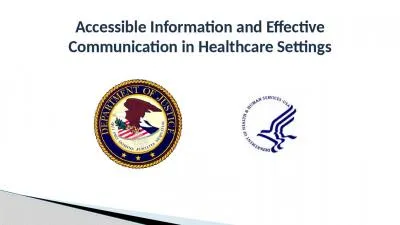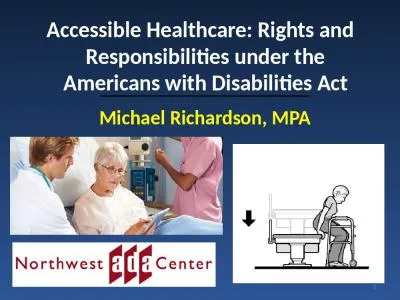Accessible Information and Effective Communication
Author : lindy-dunigan | Published Date : 2025-08-04
Description: Accessible Information and Effective Communication in Healthcare Settings Steven E Gordon Assistant United States Attorney Civil Rights Enforcement Coordinator USAO Eastern District of Virginia Lisa Bothwell Program Analyst US Department
Presentation Embed Code
Download Presentation
Download
Presentation The PPT/PDF document
"Accessible Information and Effective Communication" is the property of its rightful owner.
Permission is granted to download and print the materials on this website for personal, non-commercial use only,
and to display it on your personal computer provided you do not modify the materials and that you retain all
copyright notices contained in the materials. By downloading content from our website, you accept the terms of
this agreement.
Transcript:Accessible Information and Effective Communication:
Accessible Information and Effective Communication in Healthcare Settings Steven E. Gordon Assistant United States Attorney Civil Rights Enforcement Coordinator USAO Eastern District of Virginia Lisa Bothwell Program Analyst U.S. Department of Health and Human Services Administration for Community Living John Thompson Civil Rights Analyst U.S. Department of Health and Human Services Office for Civil Rights 2 Presenters 3 Disclaimer Opinions expressed herein or otherwise are those of the speakers and do not necessarily reflect the views of the United States Department of Justice or the United States Department of Health and Human Services. 4 Federal Government Statistics The CDC estimates that approximately 64 million adults aged 18 or older in the United States had some kind of disability in 2020. CDC Disability and Health Data System. Based on a hearing loss prevalence study, the National Institute on Deafness and Other Communication Disorders (NIDCD) reports that one in eight people in the United States (13 percent, or 30 million) aged 12 or older has hearing loss in both ears, based on standard hearing examinations. 5 What is Covered by the ADA? The ADA prohibits discrimination and ensures equal opportunities for persons with disabilities in: Employment (Title I) State and local government services (Title II) Public accommodations (Title III) Telecommunication Services (Title IV) 6 Title II Covers Public Entities All state and local governmental entities are covered by Title II, including the following entities operated by state and local governments that have a healthcare mission: Hospitals operated by state or local governments, including state universities and psychiatric hospitals. State and local mental health agencies. State universities that have infirmaries. Jails and correctional facilities, including their infirmaries. 7 Title III Covers Private Sector Hospitals, Nursing Homes and Other Health Care Providers Title III covers “public accommodations,” which include a wide range of entities, such as: (1) Hospitals; (2) Nursing homes; and (3) Professional office of a health care provider. 42 U.S.C. § 12181(7)(K); ADA Technical Assistance Manual, § III-1.2000.C. (1994 Supplement) (“nursing homes are expressly covered in Title III regulations as social service establishments”). Section 504 of the Rehabilitation Act applies to recipients of Federal financial assistance (FFA). This includes most: Hospitals; Nursing Homes; and Physician’s Offices. Section 1557 of the Affordable Care Act (ACA) applies to covered health programs and activities provided by covered entities, including: Health programs and activities that receive FFA; Programs or activities administered by HHS under Title I
